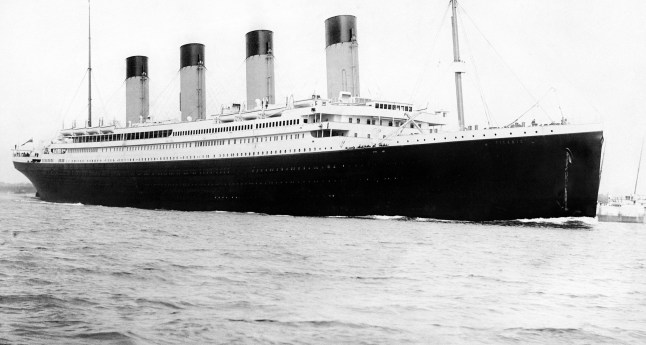
The missing Titan submersible ‘catastrophically imploded’ on its way to the Titanic wreckage, the US Coast Guard found.
Rescuers were hoping that hoping that one of the biggest tragedies of the sea was not followed by another disaster – but it was concluded that the implosion took all five lives on board, and days later debris from the doomed vessel was brought to shore.
For the latest news on the Titan submersible recovery, follow Metro.co.uk’s live blog here
On the sub were British billionaire explorer Hamish Harding, French diver Paul-Henri Nargeolet, and CEO of OceanGate Expeditions Stockton Rush, along with businessman Shahzada Dawood and his son Suleman.
The journey in the tiny, 22ft-long vessel was taken in order to view the Titanic in her resting place, along the bottom of the North Atlantic Ocean.
Dubbed the ‘unsinkable’ ship, the RMS Titanic was supposed to be a first of its time and a feat of engineering that the world could marvel at – but it sank on its maiden voyage, and immortalised in the 1997 blockbuster starring Leonardo Di Caprio and Kate Winslet.
Here’s everything you need to know about the Titanic.
Where did the Titanic depart from and what date did it sink?
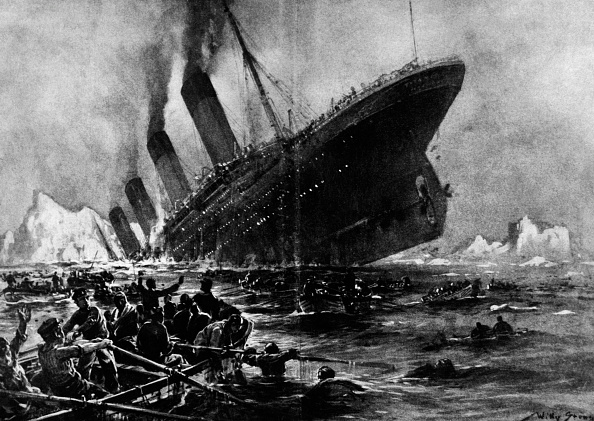
The RMS Titanic sank in the early hours of April 15, 1912.
The passenger liner had set sail from Southampton on April 10, heading for New York – but narrowly avoided disaster in the docks when suction from the ship caused another vessel to swing into her path.
Shortly before midnight on April 14, 1912, she struck an iceberg in the North Atlantic, about 400 nautical miles off the coast of Newfoundland, Canada.
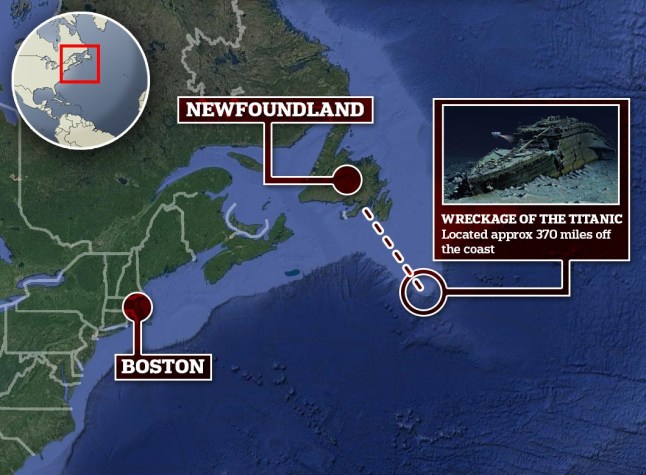
Although she was fitted with watertight doors that could be closed in the event of the hull being breached, the damage was too extensive and she sank, going down by the head.
Did anyone survive the Titanic?
It’s not known exactly how many people died – the US recorded 1,517 lives lost, while the British Board of Trade registered 1,503.
The last remaining survivor of the disaster, Millvina Dean, died on May 31, 2009, aged 97. She was nine weeks old at the time of the disaster.
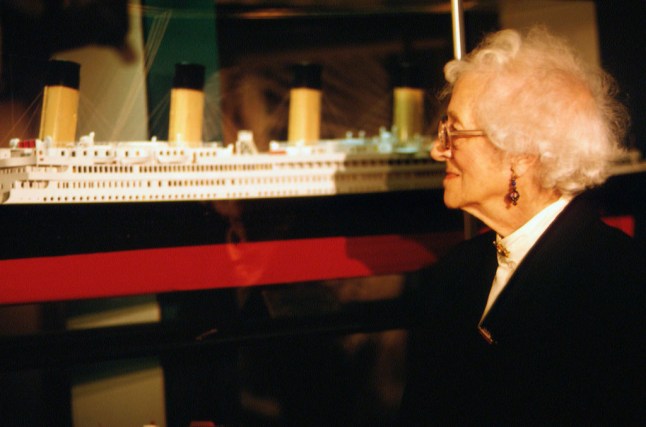
When was the Titanic wreckage discovered?
The wreck of the Titanic was finally discovered on September 1, 1985.
Talk about searching for the wreck began just days after the sinking, but serious attempts began during the 1950s.
It was the 1985 joint mission between the US’s Woods Hole Oceanographic Institution (WHOI) and French National Institute of Oceanography (IFREMER) which found the wreck.
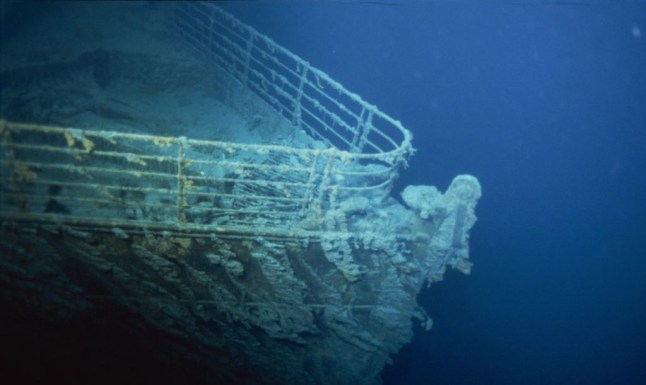
Team leaders Dr. Robert D. Ballard of WHOI and Jean Louis Michel of IFREMER researched the history of the Titanic disaster, and had a thorough knowledge of the ship and of previous efforts to find her. They narrowed the search field to 100 square miles.
Rather than search for one large object – Titanic’s massive hull – they instead used imaging tools and newly developed sonar and video camera system Argo, to scour the seafloor for debris dispersed from the wreck in the current.
Just after 1am on September 1, 1985, they identified one of Titanic’s boilers, confirming the wreck had been found.
Facts about the Titanic
The RMS Titanic was the world’s largest passenger ship when it entered service, measuring 269 metres (882 feet) in length.
It was also the largest man-made moving object on earth.
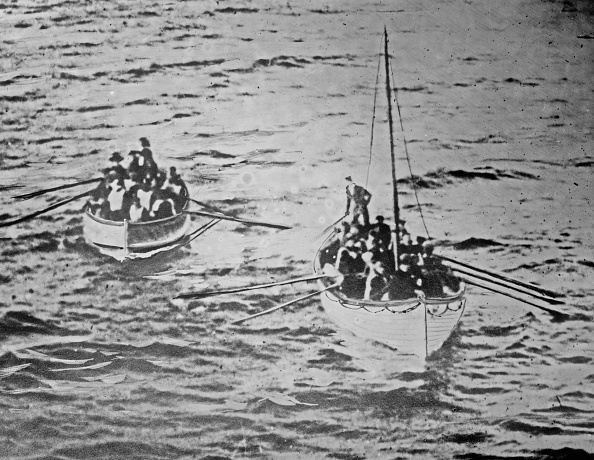
It used 825 tons of coal per day.
Just to transport the boat’s main anchor during the build, 20 horses were required.
Passengers used up 14,000 litres of drinking water every day, and the ship had 40,000 fresh eggs on board.
Facilities on board included gym, pool, Turkish bath, a kennel for first class dogs, and a squash court.
The Titanic had its own daily newspaper – The Atlantic Daily Bulletin.
The last supper served to first-class passengers consisted of 11 courses.
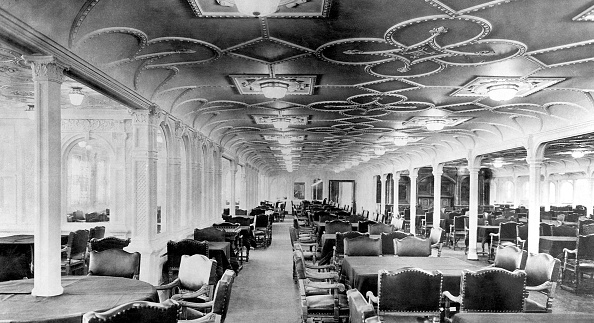
100,000 people turned up to see the ship’s launch on May 31, 1911.
The iceberg was around 100 feet tall and came from a glacier in Greenland.
It was only 37 seconds between the crew seeing the iceberg and the collision.
Two of the nine dogs on board were rescued – a Pomeranian and a Pekingese.
There were 14 honeymooning couples on board the Titanic.
The inventor of Hershey’s chocolate – Milton S. Hershey – was due to sail on the Titanic but did not use his ticket.
Business Benjamin Guggenheim died on the ship. Once he resigned himself to the sinking, he was seen with his valet drinking brandy and smoking cigars. Legend has it his last words were ‘We’ve dressed up in our best and are prepared to go down like gentlemen.’
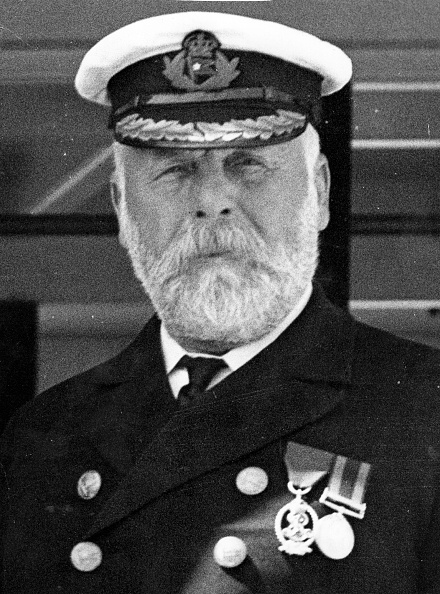
The captain – Edward Smith – and the First Officer – William McMaster Murdoch – went down with the ship.
The Titanic was equipped to carry 64 lifeboats, but only had 20 on board.
The lifeboats had a capacity of 65 people each, but the first one only carried 28 people.
More Trending
31.6% of the passengers and crew on board that night survived the boat sinking.
53.4% potentially could have survived if there had been more lifeboats that were filled to capacity.
The sea temperature at the time of sinking was 2 degrees.
The Titanic’s wreckage lays at a depth of 12,600 feet.
MORE: ‘Human remains’ found in Titan sub after wreckage hauled ashore
MORE: How many trips to the Titanic did the OceanGate Titan submersible make and how deep is the wreck?
MORE: Did film director James Cameron go down to the Titanic and how many times?
Follow Metro across our social channels, on Facebook, Twitter and Instagram
Share your views in the comments below













